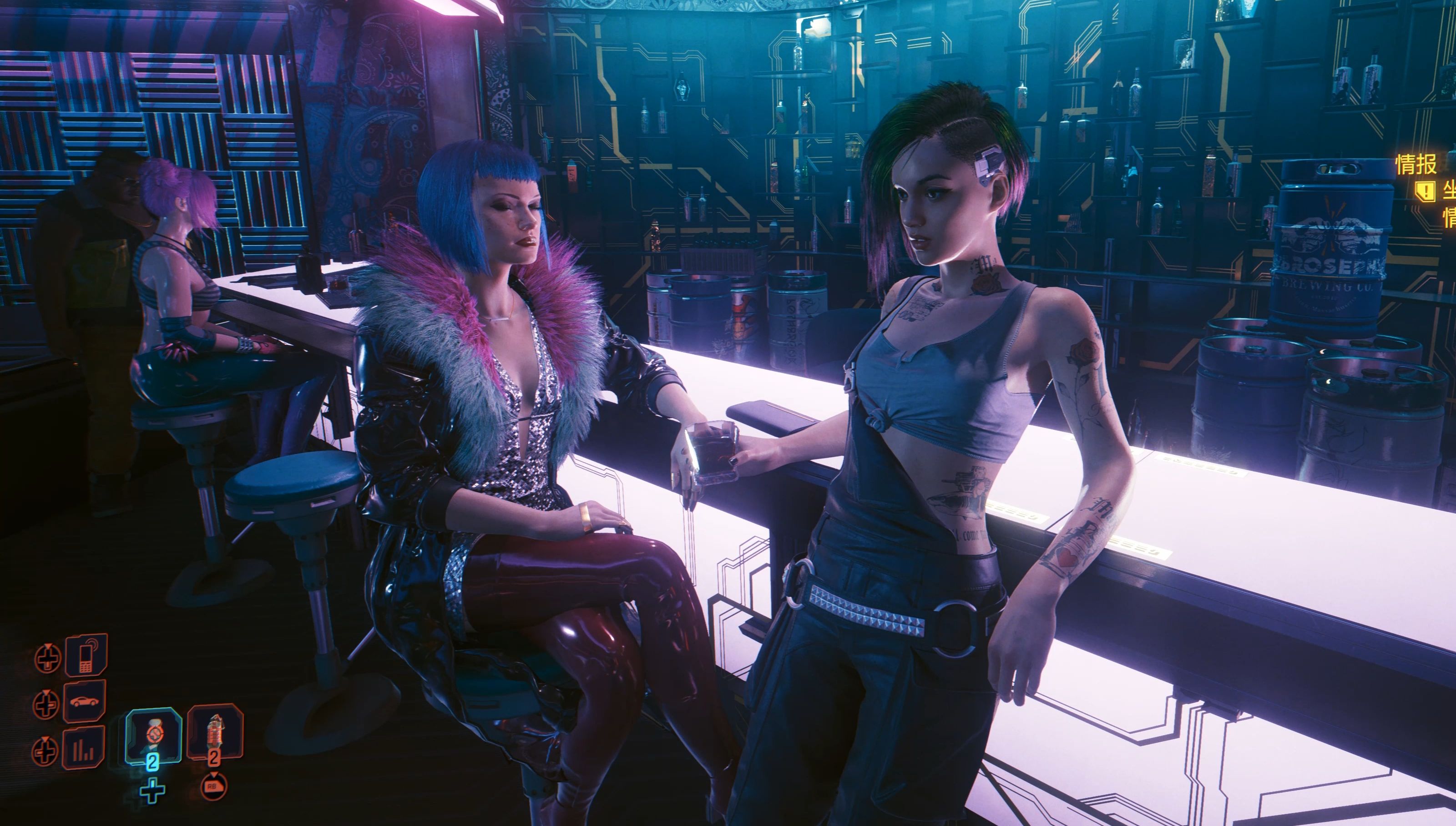Ni no Kuni II: Revenant Kingdom Score – A Masterpiece of Kingdom Building
Introduction
Ni no Kuni II: Revenant Kingdom is a captivating action RPG developed by Level-5, blending Studio Ghibli-inspired aesthetics with deep gameplay mechanics. While the game excels in storytelling, combat, and exploration, one of its most engaging features is its kingdom-building system. Unlike traditional RPGs, Ni no Kuni II introduces a strategic layer where players must develop their own nation, Evermore, from a ruined castle into a thriving kingdom. This mechanic not only enhances immersion but also provides meaningful progression tied to the game’s narrative.
This article explores the kingdom-building system in Ni no Kuni II, analyzing its mechanics, strategic depth, and how it complements the game’s overall experience.
The Foundation of Evermore
The kingdom-building aspect begins when Evan Pettiwhisker Tildrum, the deposed young king of Ding Dong Dell, sets out to establish a new nation where all races—humans, beastmen, and other creatures—can coexist peacefully. The player takes on the role of a ruler, tasked with rebuilding Evermore from the ground up.
1. Resource Management and Expansion
The core of kingdom-building revolves around gathering resources (kingsguilders, materials, and citizens) to construct and upgrade facilities. Players must:
- Recruit Citizens: Scattered across the world are skilled individuals who can be persuaded to join Evermore. Each citizen has a unique profession (e.g., blacksmith, researcher, merchant) that unlocks new buildings and upgrades.
- Construct Buildings: Facilities such as armories, research labs, and item shops provide tangible benefits, from crafting powerful gear to unlocking new spells and abilities.
- Upgrade Infrastructure: As Evermore grows, players can expand its borders, increasing the number of available building slots and improving efficiency.
This system encourages exploration, as recruiting the best citizens often requires completing side quests or solving puzzles.
2. Research and Development
One of the most rewarding aspects of kingdom-building is the research system. By assigning citizens to research facilities, players unlock new technologies, including:
- Combat Enhancements: New spells, weapon upgrades, and battle tactics.
- Economic Boosts: Increased resource generation and trade benefits.
- Kingdom Aesthetics: Cosmetic upgrades that make Evermore visually flourish.
Research is time-based, meaning players must balance immediate needs with long-term investments.
Strategic Depth and Player Engagement
While the kingdom-building system is accessible, it offers surprising depth. Players must:

- Prioritize Buildings: Early-game choices impact progression. Should you focus on military upgrades for tougher battles or economic boosts for faster resource accumulation?
- Optimize Citizen Placement: Each citizen has a proficiency level, and assigning them to the right facility maximizes efficiency.
- Balance Expansion with Story Progression: Some upgrades are locked behind main story milestones, ensuring the system evolves alongside the narrative.
This strategic layer keeps players engaged, as every decision affects Evermore’s growth.
Narrative Integration
Unlike tacked-on management sims, Evermore’s development is deeply tied to the story. As Evan’s kingdom grows, so does his influence in the world. Key moments include:
- Diplomatic Missions: Strengthening alliances with other nations unlocks new citizens and trade routes.
- Defending Evermore: Skirmish battles test the kingdom’s military strength, reinforcing the stakes of building a powerful nation.
- Emotional Payoff: Seeing Evermore transform from ruins into a bustling capital mirrors Evan’s growth as a leader.
This integration ensures that kingdom-building never feels like a disconnected minigame but rather an essential part of the adventure.
Comparison to Other Kingdom-Building Games
While many RPGs feature base-building (Suikoden, Dragon Quest Builders), Ni no Kuni II stands out due to:
- Seamless Integration: Unlike games where base-building is optional, Evermore’s growth is central to progression.
- Visual and Emotional Appeal: Studio Ghibli’s art style makes watching Evermore flourish incredibly satisfying.
- Player-Driven Customization: The freedom to prioritize different upgrades allows for varied playstyles.
Conclusion: A Kingdom Worth Building
Ni no Kuni II: Revenant Kingdom’s kingdom-building system is a triumph, blending strategy, narrative, and player agency into a cohesive experience. It transforms Evan’s journey from a simple tale of revenge into an epic saga of leadership and nation-building.
For RPG fans who enjoy management mechanics, Ni no Kuni II offers a rare gem—a system that is both engaging and meaningful. Evermore isn’t just a backdrop; it’s a living, evolving testament to the player’s choices, making Ni no Kuni II a standout title in the genre.
Final Score for Kingdom-Building: 9.5/10 – A near-perfect blend of strategy and storytelling that elevates the entire game.
Would you like any refinements or additional sections, such as tips for optimizing Evermore’s growth?















